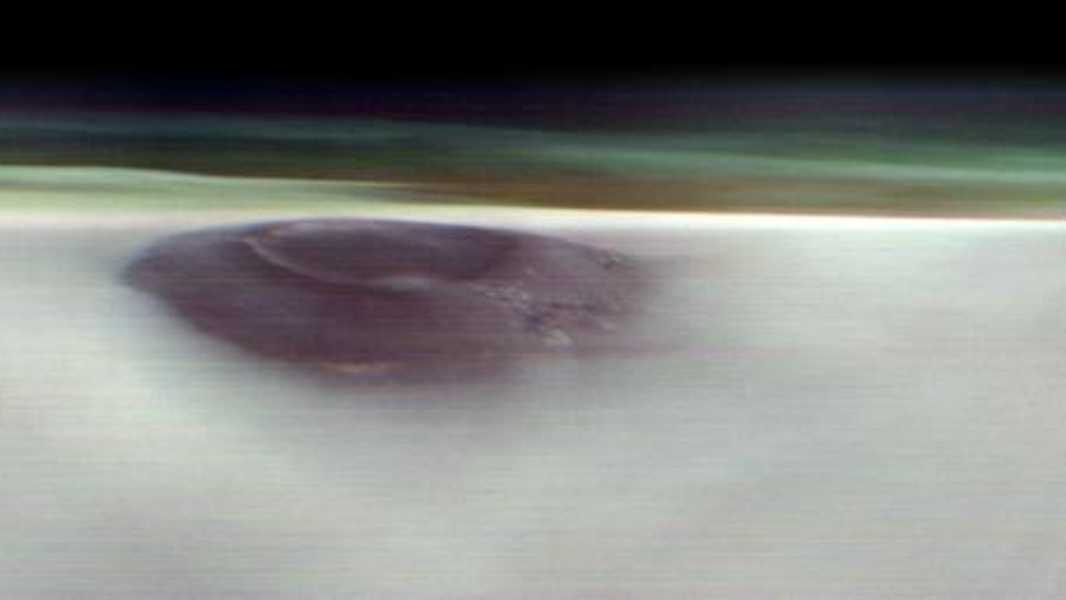
The massive shield volcano Arsia Mons breaks through the Martian clouds in this new orbital image provided by NASA. (Image credit: NASA/JPL-Caltech/ASU)
What could be more impressive than seeing clouds on Mars? Seeing a volcano rising above them! This stunning panorama shows the ancient Martian volcano Arsia Mons peeking out from behind the clouds on the Red Planet. The image was taken by NASA's Mars Odyssey orbiter just before the first rays of sunlight hit the planet on May 2.
The Mars Odyssey mission launched in 2001 with the goal of mapping the chemical elements and minerals on the surface of Mars. Although the primary mission ended in 2004, the spacecraft continued to map Martian rocks, study clouds and fog, and observe the planet's seasons.
In 2023, Odyssey began taking high-altitude images of Mars's horizon edge, or “limb,” as seen here. Because the orbiter's cameras are designed to image and study the planet's surface, capturing clouds can be difficult.
You may like
- Mars rises above the Moon's horizon at the most opportune moment
- Lights on Mars! NASA rover captures visible auroras on the Red Planet for the first time
- 'River of Fire' Flows Out of Mount Etna During 'Crazy' Explosive Eruption
To do this, Odyssey performs a 90-degree turn in its orbit, allowing the camera to capture cloud layers and see the dust and water ice within them. Scientists are studying the Martian atmosphere to understand seasonal changes that indicate the evolution of the atmosphere. This data can help predict strong winds and dust storms, which is critical for planning the entry, descent, and landing of future missions.
In a new panoramic image, the atmosphere of Mars appears as a greenish haze rising above Arsia Mons, one of the largest volcanoes on the planet. Appearing as a dark spot, it peeks out from behind the morning clouds, marking the first time the volcano has been captured on the horizon of the Red Planet. Although Arsia Mons is not the tallest volcano on Mars (that title goes to Olympus Mons), it is 12 miles (20 km) tall, more than twice the height of the tallest mountain on Earth, Mount Everest.
Sourse: www.livescience.com





